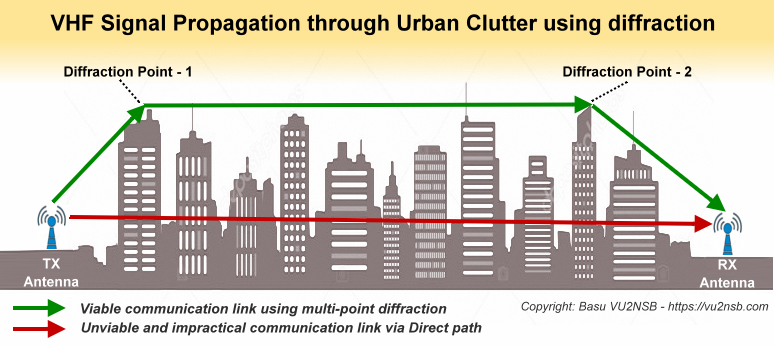

LNAs, PAs, VGAs, and other types of RF amplifiers can also be classified as wideband amplifiers if they are designed to operate over a broad range of frequencies (up to several octaves). VGAs are often used for automatic gain control (AGC) or for compensation of gain drift due to variations in temperature or characteristics of other components. An analog controlled VGA is the solution of choice when digital control data is not available, or the application cannot tolerate the step disturbance. Digitally controlled VGAs are chosen if the control parameters are available on a data bus and a stepwise gain adjustment is not critical for the application. VGAs accommodate signal variations by gain regulation to control transmit or adjust received signal amplitude. Variable gain amplifiers (VGAs) address high dynamic range applications, too, but with a wide range of signal levels. For instance, in communication systems relying on vector modulated signals, high linearity amplifiers allow minimization of distortions, which is critical for achieving low bit error rates. However, this type of amplifier is optimized for linearity and preferred to PAs in applications where signals with high peak-to-average power ratios are used. High IP3, or high linearity amplifiers, share similar characteristics with PAs as they offer a high dynamic range performance. They are optimized for power handling to deliver high output power with high efficiency while maintaining low heat dissipation. On the contrary, power amplifiers (PAs) are usually used in the output stages of a transmit signal chain. Since the overall noise figure of a signal chain is dominated by its first stages, LNAs are often used at the front end of a receiver to maximize its sensitivity. The noise figure (NF) of a good LNA can be less than 1 dB in the sub-GHz range and a few dB at higher frequencies. Low noise amplifiers (LNAs) are optimized to increase the level of low power signals without introducing significant noise. Considering these characteristics as the main classification criteria, we can distinguish between various types of amplifiers designed to offer performance optimized for specific application scenarios. However, an optimum amplifier design is always a trade-off between its gain, noise, bandwidth, efficiency, linearity, and other performance parameters. The main attribute of any RF amplifier is its gain, which describes the ratio of the output power to the input power. The key function of an amplifier is to increase the level of an input signal to produce a greater signal at the output. This assessment includes RF amplifiers, frequency generation ICs, frequency multipliers and dividers, mixers, filters, and switches, as well as attenuator and detector components, and it can serve as an RF system designer’s guide to select the right building blocks for the target application. We will limit our discussion to most common RF integrated circuits (ICs), relying on the classification criteria relevant for the signal chain definition on a system level. Part 2 of our discourse will detail a concise overview of the key types of different components used in a typical RF signal chain, depicted in its generic form in Figure 1. To achieve the desired performance, however, an RF system engineer must also have a solid understanding of a broad variety of RF components, the choice of which will determine the overall performance of the complete RF signal chain in the final application.

In Part 1 of our discourse we considered the main properties and performance metrics used for their characterization. RF Signal Chain Discourse-Part 2: Essential Building Blocksĭiscrete and integrated components represent functional building blocks underpinning RF signal chains across all application domains.


 0 kommentar(er)
0 kommentar(er)
